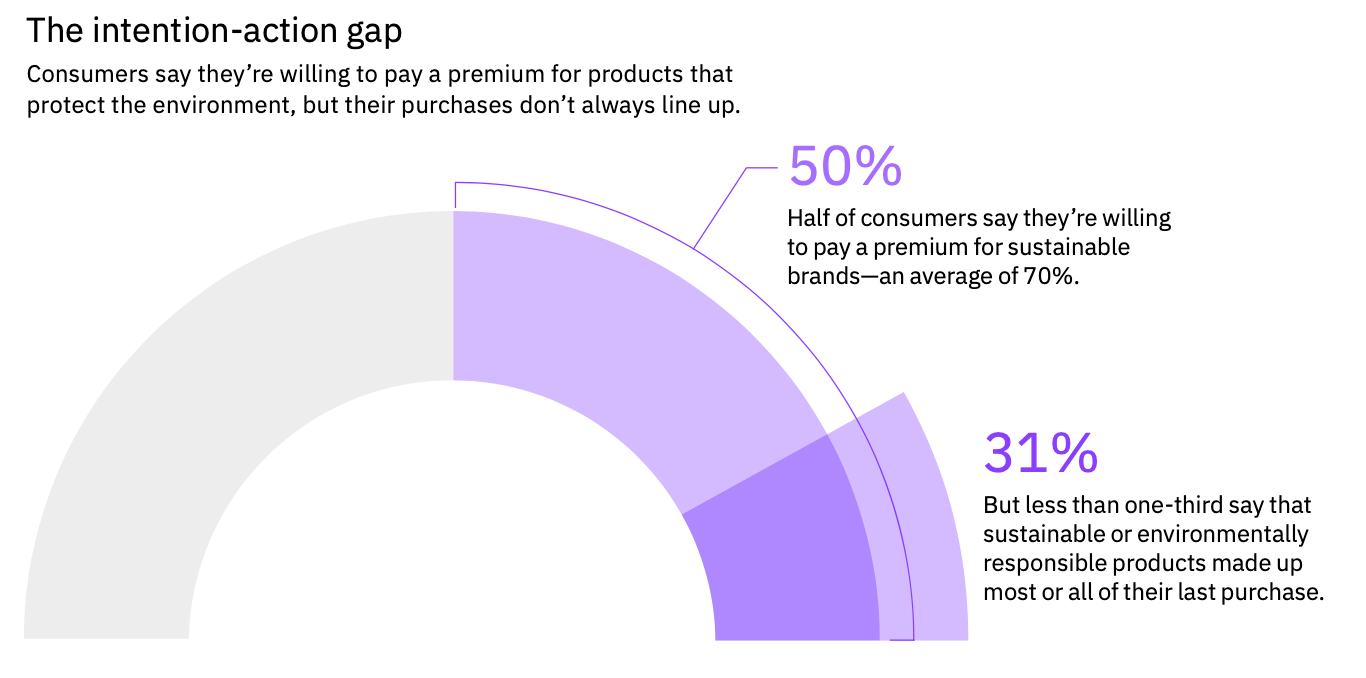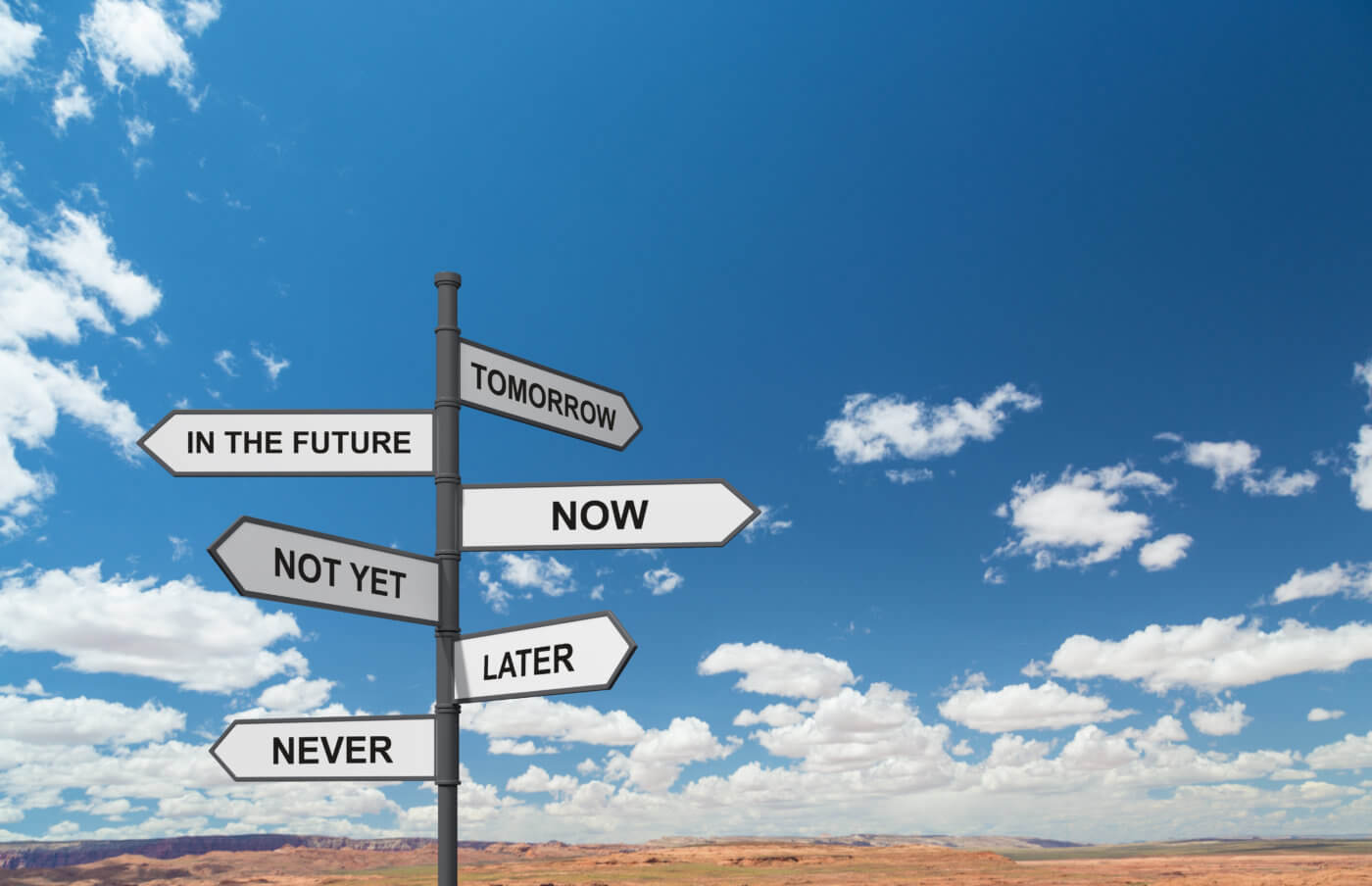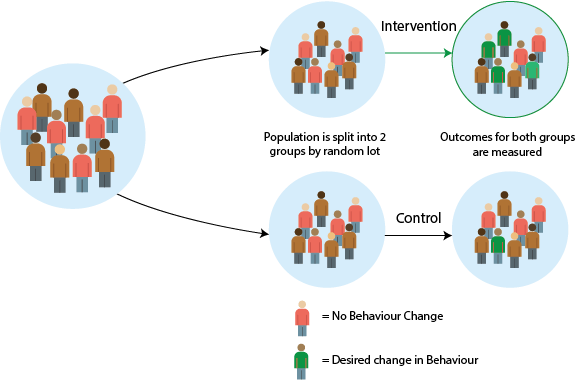Consumer research tells us shoppers want sustainable CPG products and will even pay more for them. However, as many brands know from experience, consumers don’t always follow through on this intent. In this blog we take a behaviorally informed view to explore the reasons consumers may not actually purchase more sustainable choices, even though they want to. We will also review different behavioral tools that have successfully encouraged climate-friendly choices and how CPG brands can use them.
CONSUMERS WANT SUSTAINABLE OPTIONS – SO WHY AREN’T THEY BUYING?
Asking consumers to predict their own behavior is tricky work. We humans tend to do a poor job determining how we will behave. When asked, we report what we would like to do or how we believe we will behave. The problem is, we aren’t always realistic in our projections. Well-conducted traditional consumer research gives us a good idea about attitudes and preferences. However, it is not a great predictor of behavior.
Behavioral scientists call this the Intention-Action Gap (also sometimes called the Say-Do gap). Here’s what it looks like: We truly intend to exercise more, but we keep skipping the gym. We have retirement planning on our to-do list, but we never cross it off. We resolve to wake up every morning and meditate for 15 minutes but keep hitting the snooze button. Pro-environmental behavior frequently falls prey to this same pattern. We may have every intention of buying more sustainable products – but something gets in the way and we follow through less than we would like.
Behavioral insights can help us understand what is getting in the way. Once we understand why this gap exists, we can use behaviorally focused interventions (sometimes referred to as “nudges”) to help close the gap.

IMAGE SOURCE: IBM
COMMON BARRIERS TO MAKING SUSTAINABLE CHOICES
These are some of the most common reasons we don’t end up purchasing more sustainable products.
- HABIT. We are creatures who like comfortable choices. It’s simply easier to do what we have always done than to create a new pattern of behavior. Choosing familiar products makes shopping easier for us, especially when we are inundated with choices throughout our shopping experience.
- PSYCHOLOGICAL DISTANCE. Although we may perceive climate change as a threat, the threat feels far away. As a result, our concern fails to motivate us sufficiently. In addition, some research suggests that when we think about our future selves, it’s like thinking about another person. increasing our bias towards the present. Researchers have found that when people experience the effects of climate change first-hand, they are more likely to make choices with a positive environmental impact.
- SOCIAL NORMS. There is a reason we say, “Monkey see, Monkey do!” If there is a lot of litter on the ground, we are more likely to litter ourselves. This is because the behavior appears to be common and therefore acceptable. If we perceive that a choice is uncommon, we may feel uncomfortable going against the flow. Sustainable choices often require us to do something that we perceive to be unusual. If brands can normalize sustainable options, this barrier is reduced.
- CULTURAL IDENTITY. If sustainable choices are linked to a group identity, it may create a disconnect for those who don’t identify with that group. For example, people who eat meat may be willing to eat more plant-based foods. However, if food is labelled as “vegetarian” this may communicate that the product was designed for a group – one that does not include meat-eaters.
- INFORMATION OVERLOAD. There is an endless sea of information about sustainability, and it is often inconsistent and confusing. Should we recycle plastic or avoid it altogether? Does organic mean climate friendly? There are so many different factors that impact climate change it is hard for consumers to keep up. Endless claims and symbols make it hard to understand unless we are highly motivated to learn.
This list includes some of the most common challenges we face when we are asked to choose a sustainable option. It’s important to note that generalized themes may often be applicable, but each category and demographic group will face different challenges. There is no one-size-fits-all approach that universally nudges people to make climate friendly choices.

BEHAVIORAL TOOLS TO PROMOTE SUSTAINABLE CHOICES
Determining barriers is the first step. By understanding what may be getting in the way, we can create interventions to bridge the gap. Here are some examples of nudges that have the potential to help encourage climate friendly choices.
FRAMING
Sometimes we try to redirect the way consumers think about a product through framing techniques. Cleaning vinegar provides an excellent example. Regular white vinegar mixed with water is a non-toxic and highly effective cleaning agent. Yet when brands attempted to sell regular vinegar as environmentally friendly, it didn’t really take off. Consumers saw vinegar as a food product and were also skeptical that it would be as effective as chemical cleaners. Enter “cleaning vinegar.” By increasing the acidity of white vinegar by 1%, brands “invented” a new product. The new name reframed the product for the consumer as a non-food product that was “stronger” than regular vinegar and therefore more effective. This strategy was more successful in selling vinegar cleaning products than sustainability messages.
NORMALIZING SUSTAINABLE CHOICES
Many supermarkets segregate sustainable choices into separate “health food store” aisles while others integrate them into the “regular” aisles. We advocate for the latter approach as it treats these options as “normal” rather than unique, different or unusual. The same is true for plant-based meats which should be integrated into butcher sections. Wherever brands can emphasize that the product is popular (for example, if it is a top seller or has high consumer ratings) this also demonstrates to consumers that using the product is common behavior.
DO NOT OVER-EMPHASIZE ALTRUISM
It may seem counter-intuitive to suggest altruism is not a good way to promote sustainable choices. However, in every category there is a key decision hierarchy and sustainability is probably not at the top. For example, coffee drinkers may tell you they prefer to drink fair trade coffee. However, if you ask them to rank the factors that influence what coffee they buy, taste will be number one. Most food choices are made based on taste first and foremost. If you forget what the product means to consumers in an effort to focus on a message of sustainability, you may accidentally imply the product isn’t delicious or effective. Sustainability messages need to fit into the right place in the hierarchy of communication.
SIMPLIFICATION
Simplification is a favourite tool of behavioralists and design thinkers because it just makes life easier. When introducing sustainable choices, we might be asking the consumer to do something different, which creates tension. Extraneous messaging, such as having numerous claims and icons on the front of a package, is a common mistake brands make. When looking at a sustainable offering, ensuring that we make it as easy to understand and adopt as possible is essential. This may mean some messaging moves to the back or side panel of a package, or even away from the pack itself to a website or social media.
BEHAVIORALLY INFORMED RESEARCH
Understanding how people make decisions requires research techniques that go beyond simple market surveys. Experiments and randomized control trials can help pinpoint more accurately how consumers will really respond to a given offering. In addition, there is substantial existing research on how to better encourage pro-environmental choices through behavioral interventions. Brands should leverage this research when launching sustainable products.

This image depicts a classical RCT trial.
IMAGE SOURCE: POLICY HORIZONS CANADA
The great news is that CPG brands are in a strong position to encourage the uptake of more sustainable packaging and products. Consumers want to bridge the gap and do the right thing – brands can help with well-designed nudges that help reduce barriers to climate-friendly purchases.

